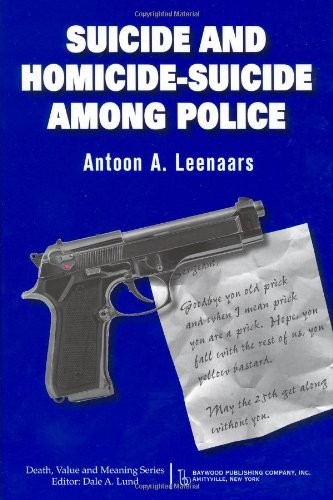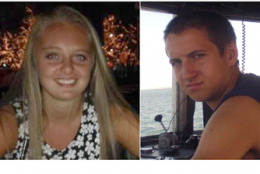Suicide and Homicide-suicide Among Police (Death, Value and Meaning)
Four hundred police officers die by suicide every year in the United States. Lt. Michael Piggot died by suicide following a Taser incident. Police Chief Thomas Moffatt was found dead of a self-inflicted gunshot at the police station. This book, for the first time, investigates in evidence-based detail the probable epidemic, not approached since the great pandemic of the 1930s, of suicide and homicide-suicide among police. It sorts out the complexity. Yet, it also does more; it raises a question: On a continuum of violence, when does a discrete, individual suicide, such as that of Thomas Moffatt, become a relational one considering the range from suicide pacts, such as that of Adolf Hitler and his wife, to unwilling victim(s) and a perpetrator, as in the homicides of the four Oakland, California, police officers in 2009 in 'suicide by cop'; to the homicide-suicide of Superintendent David Lucio and Inspector Kelly Johnson? Kelly Johnson pulled the trigger that killed her partner, David Lucio, and then herself. The book answers many questions. Are the rates of suicide and homicide-suicide among police really high? Are suicide and homicide interwoven? What factors in a multidimensional array such as emotional disorders, work-related trauma, domestic violence, and alcoholism cause needless deaths? Many questions are answered, and the means of investigation, the 'psychological autopsies'; are outlined for the police officer and forensic researcher alike. The book examines more: Does the availability of a gun increase risk? What can be done to prevent the tragedies? What works? The whole book is, in fact, a treatise on prevention. Indeed, it is highly focused on intervention, but also on services for survivors, or --postvention--What help do fellow officers, family, and community need? Why are there barriers--'blue walls'--hobstructing efforts at prevention? Why are investigations not allowed, or halted or dissembled? What policies and procedures have been proven, for about 100 years, to be effective, but rarely implemented? This book answers many questions and raises new ones. Rich in individual case investigations and general forensic research, the book attempts to be mindful of the needs of officers on the street, mental health providers, administrators of police services, forensic investigators, officers and specialists alike, and traumatized survivors of the horror. With illustrations ranging from Shakespeare's Othello to the actual crime scene investigations, the book attempts to meet a challenge: Who was Michael Piggot, and why did he kill himself? Why did Kelly Johnson commit homicide-suicide? The officer and forensic specialist will understand better what they are investigating and what we can do to prevent further deaths. There are life-saving interventions. Not only does the book present effective predictions and controls to stop the epidemic, it also offers best practices. It ends with a final challenge: Will police services allow the epidemic to continue? Intended Audience: Police officers and related law and security officers, and their administrators; forensic and criminal justice specialists; mental health providers (such as psychiatrists, psychologists, social workers); criminologists and sociologists; researchers and students in diverse fields; national and global police and health organizations; suicidal officers themselves; and the survivors of the tragedies.












